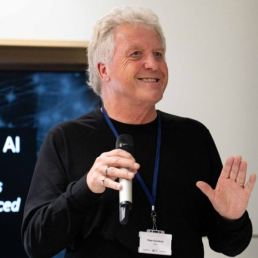An Energy Identity for Sequences of Immersions
Abstract
In this talk, we will discuss sequences of immersions from 2-discs into Euclidean with finite total curvature where the Willmore energy converges to zero (a minimal surface). We will show that away from finitely many concentration points of the total curvature, the surface converges strongly in $W^{2,2}$. Furthermore, we have an energy identity for the total curvature, at the concentration points after a blow-up procedure we show that there is a bubble tree consisting of complete non-compact (branched) minimal surfaces of finite total curvature which are quantised in multiples of 4\pi. We will also apply this method to the mean curvature flow, showing that sequences of surfaces that are locally converging to a self-shrinker in L^2 also develop a bubble tree of complete non-compact (branched) minimal surfaces in Euclidean space with finite total curvature quantised in multiples of 4\pi.


